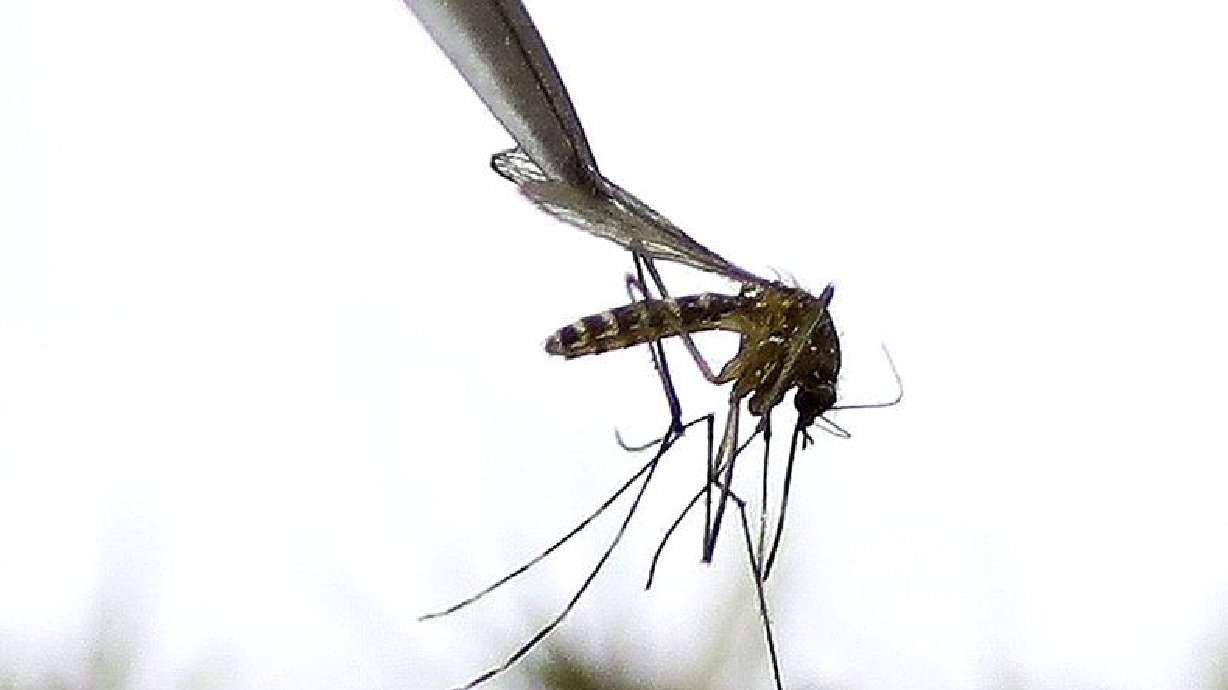A South Lake Tahoe resident tested positive for the plague and is believed to have been bitten by an infected flea while camping in the area, El Dorado County health officials said on Tuesday.The person is now recovering at home. “Plague is naturally present in many parts of California, including higher elevation areas of El Dorado County,” Kyle Fliflet, El Dorado County’s acting director of public health, said in a statement. “It’s important that individuals take precautions for themselves and their pets when outdoors, especially while walking, hiking and or camping in areas where wild rodents are present.”The county said that human cases of plague are extremely rare but can be very serious. The last human case of plague in El Dorado County was in 2020. Before then, two people who visited Yosemite National Park in 2015 were infected. California health officials who monitor rodent populations have tested four rodents with the plague bacterium so far this year in El Dorado County. Forty-one rodents tested positive from 2021 through 2024. How to avoid the plague Health officials say plague bacteria are most often transmitted by flea bites after the fleas acquired the bacteria from infected squirrels, chipmunks or other wild rodents. Dogs and cats can also bring infected fleas into the home. People are urged to keep pets leashed and away from rodent burrows. Both people and pets should avoid touching sick, injured or dead rodents, or feeding any rodents. People can also avoid contact with infected fleas by wearing long pants tucked into boots and by spraying insect repellent with DEET on socks and pant cuffs. Plague symptoms include fever, nausea, weakness and swollen lymph nodes. Plague can be treated with antibiotics if detected early.
A South Lake Tahoe resident tested positive for the plague and is believed to have been bitten by an infected flea while camping in the area, El Dorado County health officials said on Tuesday.
The person is now recovering at home.
“Plague is naturally present in many parts of California, including higher elevation areas of El Dorado County,” Kyle Fliflet, El Dorado County’s acting director of public health, said in a statement. “It’s important that individuals take precautions for themselves and their pets when outdoors, especially while walking, hiking and or camping in areas where wild rodents are present.”
The county said that human cases of plague are extremely rare but can be very serious. The last human case of plague in El Dorado County was in 2020. Before then, two people who visited Yosemite National Park in 2015 were infected.
California health officials who monitor rodent populations have tested four rodents with the plague bacterium so far this year in El Dorado County. Forty-one rodents tested positive from 2021 through 2024.
How to avoid the plague
Health officials say plague bacteria are most often transmitted by flea bites after the fleas acquired the bacteria from infected squirrels, chipmunks or other wild rodents. Dogs and cats can also bring infected fleas into the home.
People are urged to keep pets leashed and away from rodent burrows.
Both people and pets should avoid touching sick, injured or dead rodents, or feeding any rodents.
People can also avoid contact with infected fleas by wearing long pants tucked into boots and by spraying insect repellent with DEET on socks and pant cuffs.
Plague symptoms include fever, nausea, weakness and swollen lymph nodes. Plague can be treated with antibiotics if detected early.
Source link

